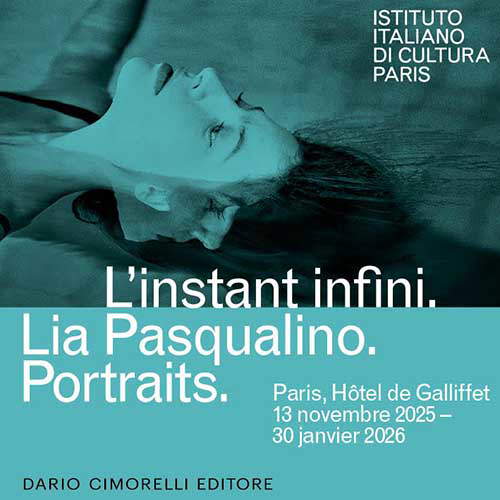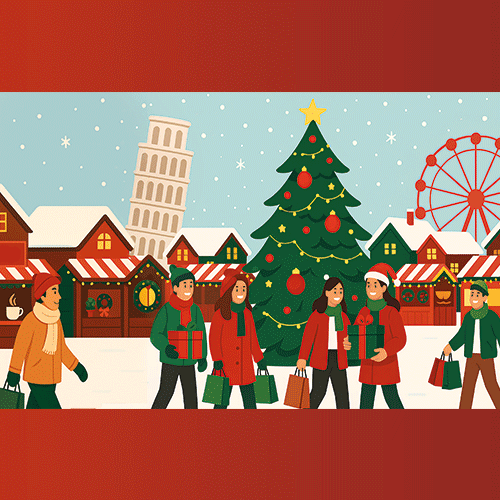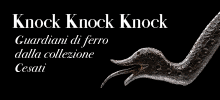
Grosseto and the Maremma, the strength of the land
Grosseto is the province that represents the strength of the land, with its vast plains, green hills, and farmland dominating the landscape. Agriculture is a fundamental part of daily life, from wine production to the cultivation of olive trees and cereals. The wild and unspoiled lands of the Maremma evoke a primitive connection with nature.
By Redazione | 20/04/2025 13:13
In one of his 1948 articles, Carlo Cassola had compared Grosseto to Kansas City: or rather, the comparison was attributed to an American serviceman who had passed through the Tuscan town during the war and noted the similarities between the two cities, modern cities at the center of a large and fertile land. "Our city," Luciano Bianciardi would later write. "was beautiful like that and they had to let it stay, and live, and grow with its genuine character, a city of dirt roads, of open spaces, to the wind and outsiders, like Kansas City." The idea of Grosseto as a kind of literary "Kansas City," a modern and dynamic place, then faded with time, replaced, in Bianciardi's literature, by the realization that both the province and the big city had their limits and failed to meet his aspirations, so much so that later, in 1964, Bianciardi would write his short film "Farewell to Kansas City," to salute the end of that myth.
Bianciardi's work embodies a constant tension between belonging and escape, between the desire to enhance Grosseto and its territory and frustration in the face of its limitations. This contrast reflects a fundamental aspect of Grosseto's history: the deep, sometimes conflicting relationship between the city and its land, between rootedness in traditions and the drive toward change. Grosseto and the Maremma have always been places of land, in the most concrete and at the same time symbolic sense of the term. They are places of agriculture and pastoralism, of hard work and struggle for survival, of pristine landscapes that have always imposed a life of sacrifice but also of authenticity. And in Bianciardi's works, Grosseto and the Maremma are never just backgrounds, but real symbols of a changing Italy, of a progress that often forgets its roots. Eventually, after his move to Milan, disappointment took over. Milan did not turn out to be the city of free and accessible culture he had imagined, but a place of alienation, of intellectual labor reduced to a cog in the economic system: thus, his bond with Grosseto became even stronger, but in a bitter form: no longer the place from which he would flee, but the place that could have been saved, that could have been different.


Today, the Maremma is still a place of strong traditions, of agricultural and artisanal work, but it is also a space that must confront change, with the risk of remaining on the margins, a territory in which to find a balance between roots and innovation, between respect for the land and the need to look ahead. Moreover, the province of Grosseto and the entire Maremma region are deeply linked to the element of land, both geographically and culturally. This bond is still manifested today in various aspects, from the conformation of the land to the agricultural tradition and local craft practices and artistic expressions. The land is not only a physical element that characterizes the landscape, but represents an authentic symbol for the inhabitants of this region.
The Maremma stretches between rolling hills and fertile plains, with a biodiversity that makes it one of the most interesting naturalistic areas in Italy. The presence of natural parks, such as the Maremma Regional Park, testifies to the richness of the soil and vegetation, which range from Mediterranean scrub to oak and holm-oak forests. Maremma's soil, rich in minerals and nutrients, has made this land particularly suitable for agriculture and pastoralism, two activities that have marked the region's economic and social history. The link between the Maremma and the land is reflected above all in its agricultural vocation. The cultivation of cereals, vines and olive trees dates back to ancient times, with influences ranging from the Etruscans to the Romans. Even today, the Grosseto area is famous for its high-quality agricultural products: Morellino di Scansano wine, olive oil and fruit and vegetable production are just a few examples of the agricultural wealth of this land. A distinctive aspect of Maremma's agricultural tradition is the land reclamation system, which has transformed the ancient unhealthy marshes that covered much of this land into fertile arable plains. This centuries-old work has strengthened the bond between the people and the land, demonstrating how human intervention has been able to make the best of natural resources without, however, distorting them.
The earth element is manifested not only in agriculture, but also in traditional arts and crafts. Clay and terracotta working has deep roots in Maremma, with workshops still producing ceramics and artifacts of great aesthetic and functional value. The working of tuff, a typical stone of the region, has also contributed to the creation of characteristic villages such as Pitigliano and Sovana, where the architecture blends harmoniously with the surrounding landscape. In addition to material aspects, the land in Maremma is also a source of inspiration for local culture and traditions. Transhumance, sheep farming and the breeding of the famous Maremma horses are practices that date back to ancient times and are still proudly handed down today. The buttero, the romantic figure of the shepherd on horseback, represents one of the most emblematic examples of this symbiosis between man and nature.
Art, too, has not forgotten to make evident the relationship between Grosseto and its land, with works that even today bear witness to the wild charm of the Maremma and surrounding areas and the complex relationship between man and nature. Painters, writers and poets have returned powerful images of a region as fascinating as it was complicated, where unspoiled beauty was accompanied by the difficulties of daily life. One of the most obvious ways in which art expressed this connection was through landscape painting. Artists such as Giovanni Fattori, a leading exponent of the Macchiaioli school, immortalized the Maremma with vibrant brushstrokes and a focus on the light and colors of nature. His paintings often depict cowherds on horseback, lonely shepherds and large expanses of windswept land, telling of a landscape not only visually striking but also symbolizing a strong attachment. His canvases are not merely a reproduction of reality, but convey the sense of toil, pride, and freedom that characterized life in the Maremma in the nineteenth century.
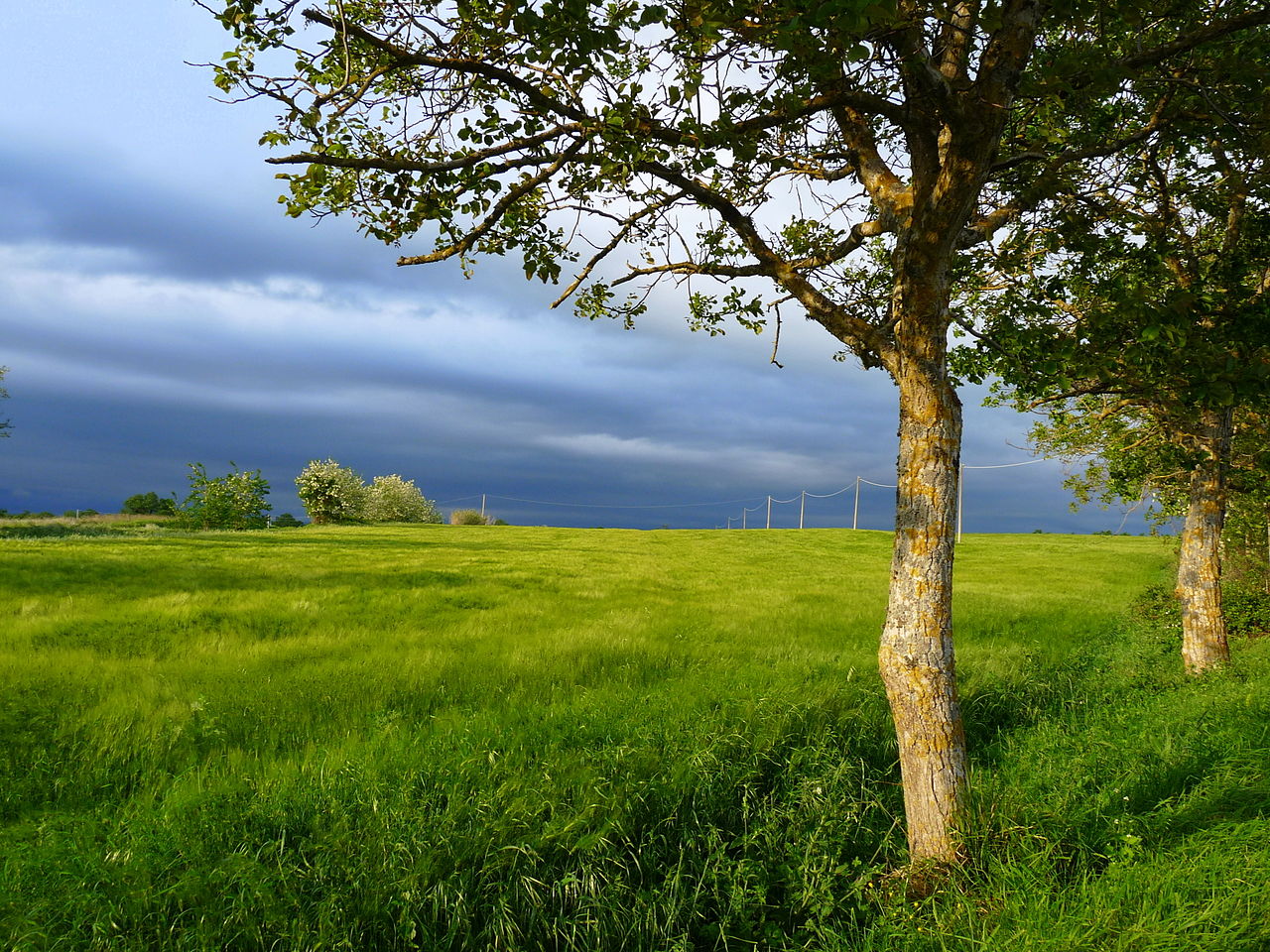
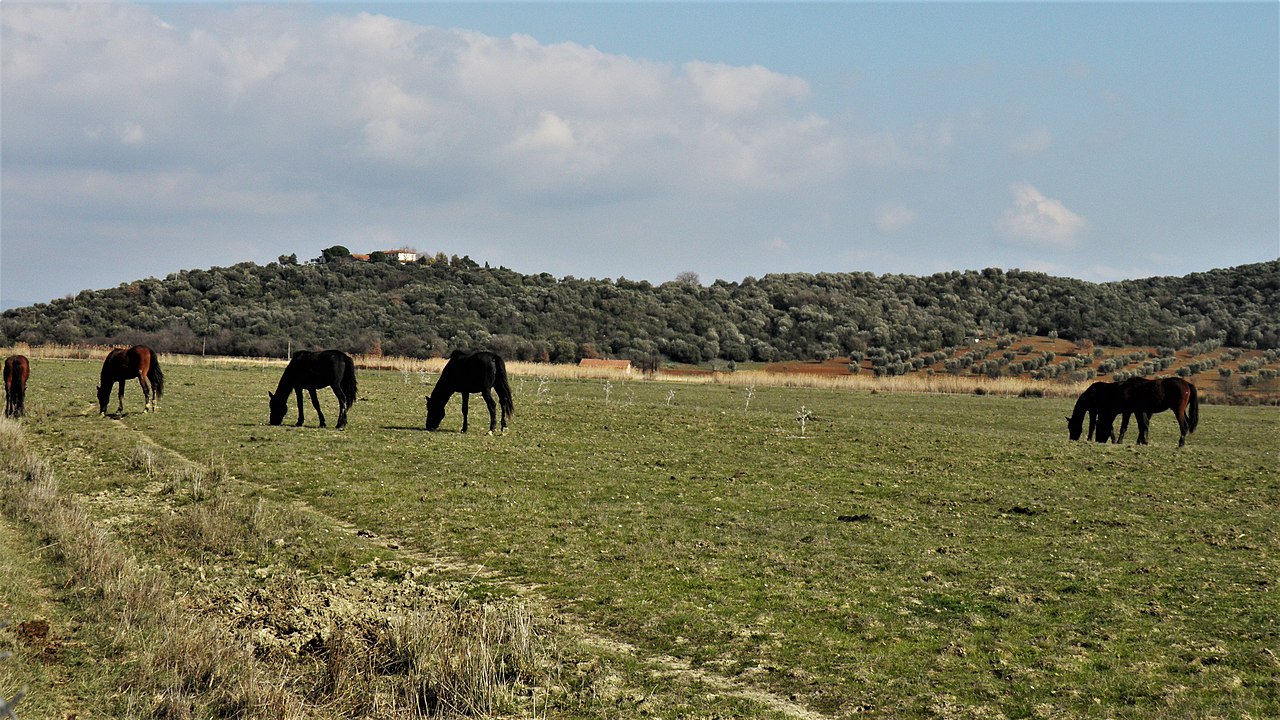
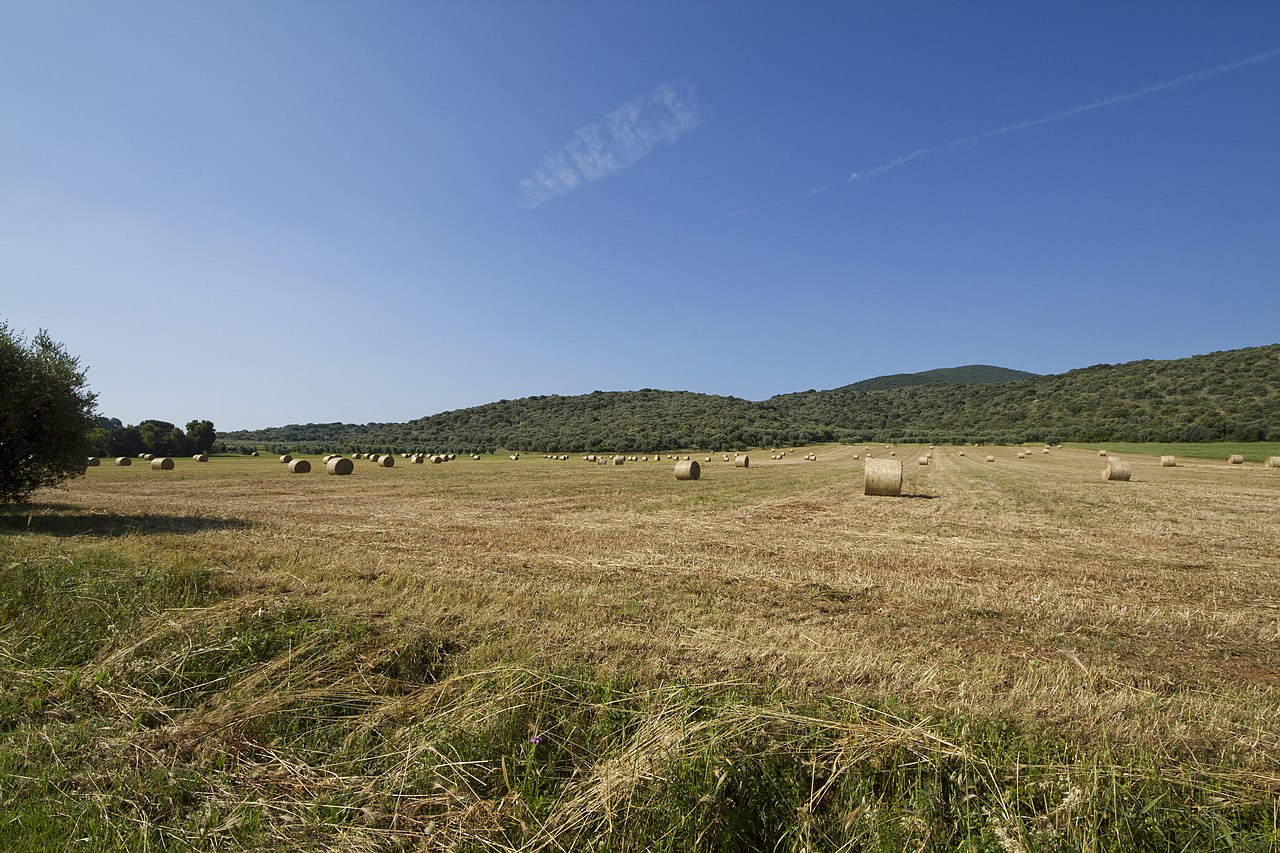
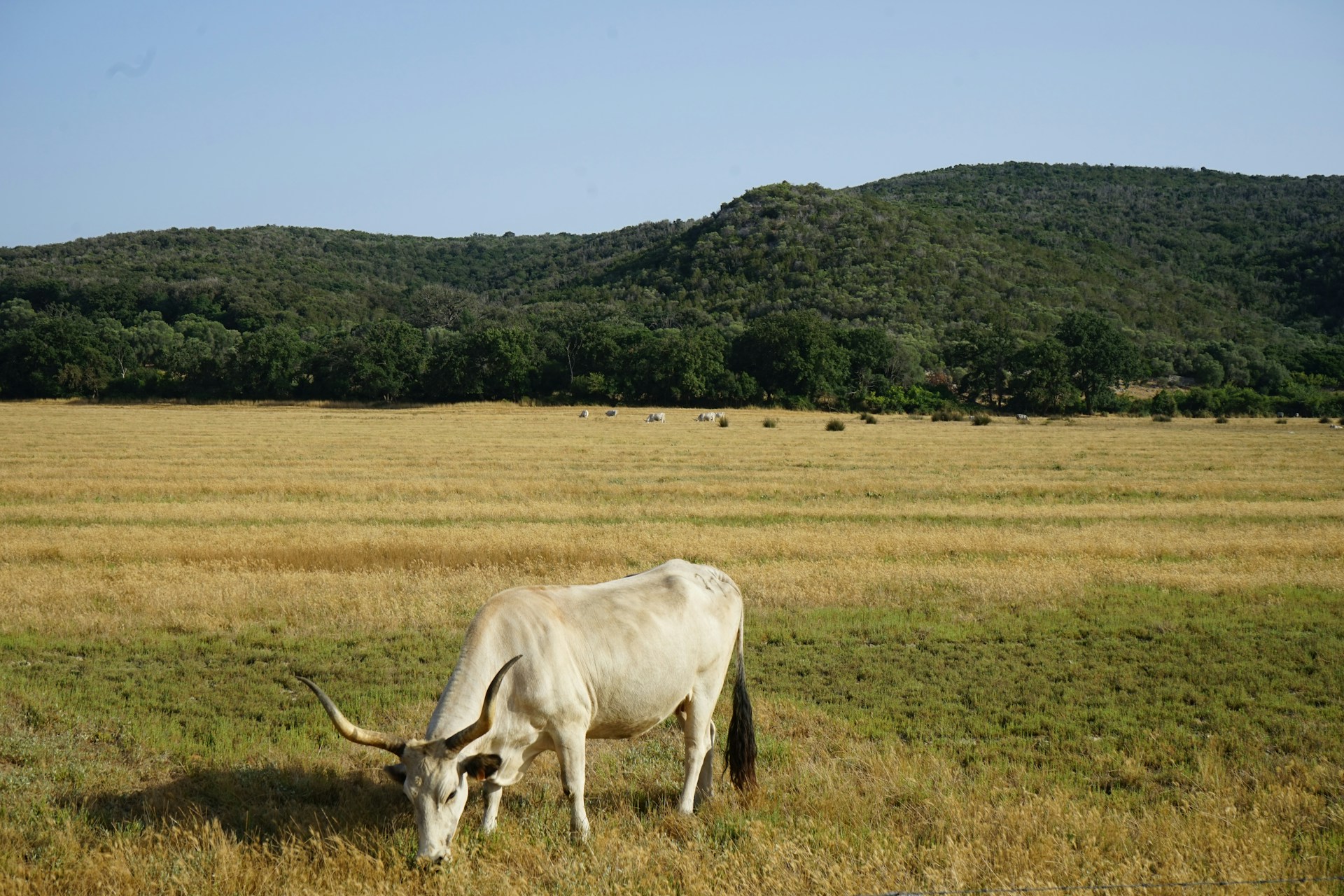


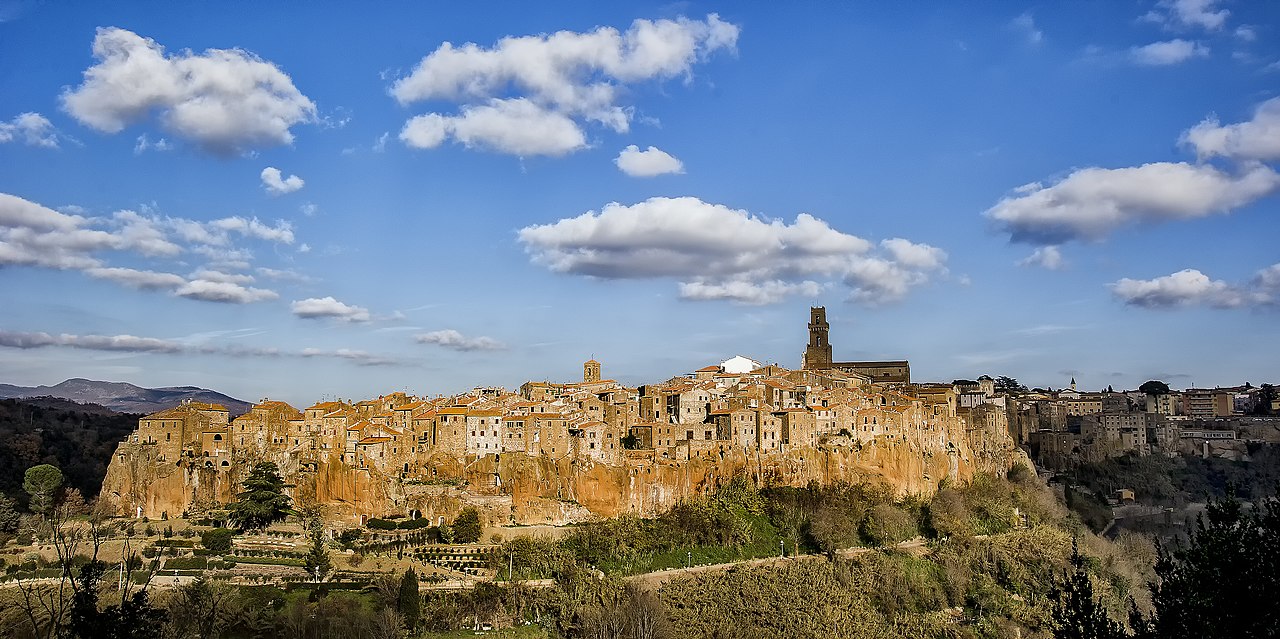

Nineteenth-century literature also gave voice to this celebration of the Grosseto and Maremma territory. Writers such as Renato Fucini described the Maremma with a mixture of fascination and awe, emphasizing man's struggle against a sometimes hostile nature. Malaria, isolation and fatigue were hallmarks of life in these lands, but precisely because of this its inhabitants were portrayed as proud and resilient people, almost heroic in their daily existence. In Fucini's poems, for example, one senses the harshness of the Maremma land, but also its unparalleled charm. Art and literature, on the whole, have extolled the Maremma as a land of contrasts, harsh and gentle at the same time, populated by strong and courageous men and women, a powerful and enduring imagery: the territory of Grosseto is not only a geographical place, but a symbol of authenticity and resistance, which still lives on in artistic and cultural representations.
And the city has always expressed its connection to the land in ways deeply rooted in its history, architecture and cultural traditions. Grosseto, despite being the main urban center of the Maremma, has never lost its connection with its surroundings, a relationship that has manifested itself as much in its urban transformations as in its artistic and social expressions. One of the most significant elements of this connection is its city walls, an imposing Renaissance structure that encompasses the historic center and which, although it originally had a defensive function, today testifies to a sense of protection and belonging to the Maremma land. The walls, restored by the Lorraines in the nineteenth century, have become a symbol of the city and a place where the community can reconnect with its history, strolling along the perimeter and observing the landscape that stretches beyond the ancient fortifications.
During the nineteenth century, then, Grosseto experienced a period of transformation thanks to the reclamation of the Maremma, an undertaking that profoundly changed the relationship between the city and its land. Before then, the Maremma was considered an unhealthy area, marked by malaria and isolation. With the reclamation, promoted mainly by Grand Duke Leopold II of Lorraine, Grosseto began to develop as a more prosperous agricultural center, bearing witness to this change also through its art and architecture. Monuments such as the statue of Leopold II, located in Piazza Dante, celebrate this process of rebirth, underscoring the city's role as the fulcrum of the Maremma's transformation.
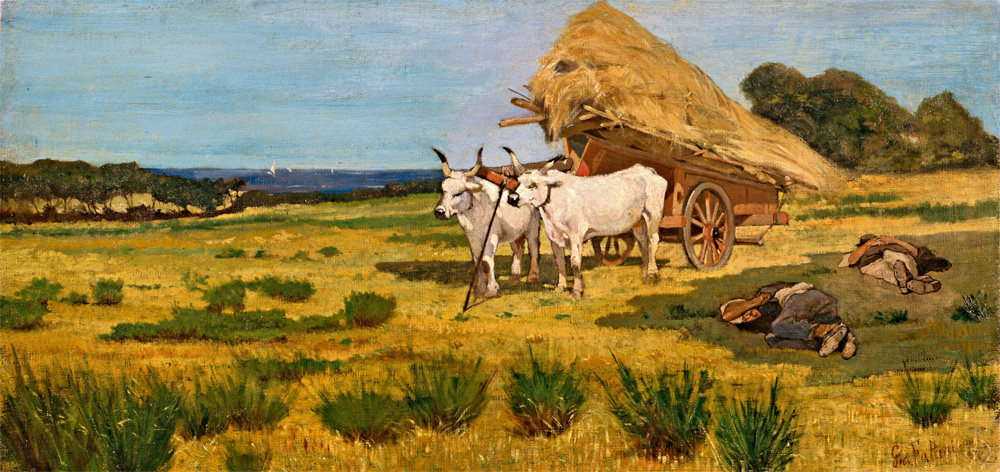
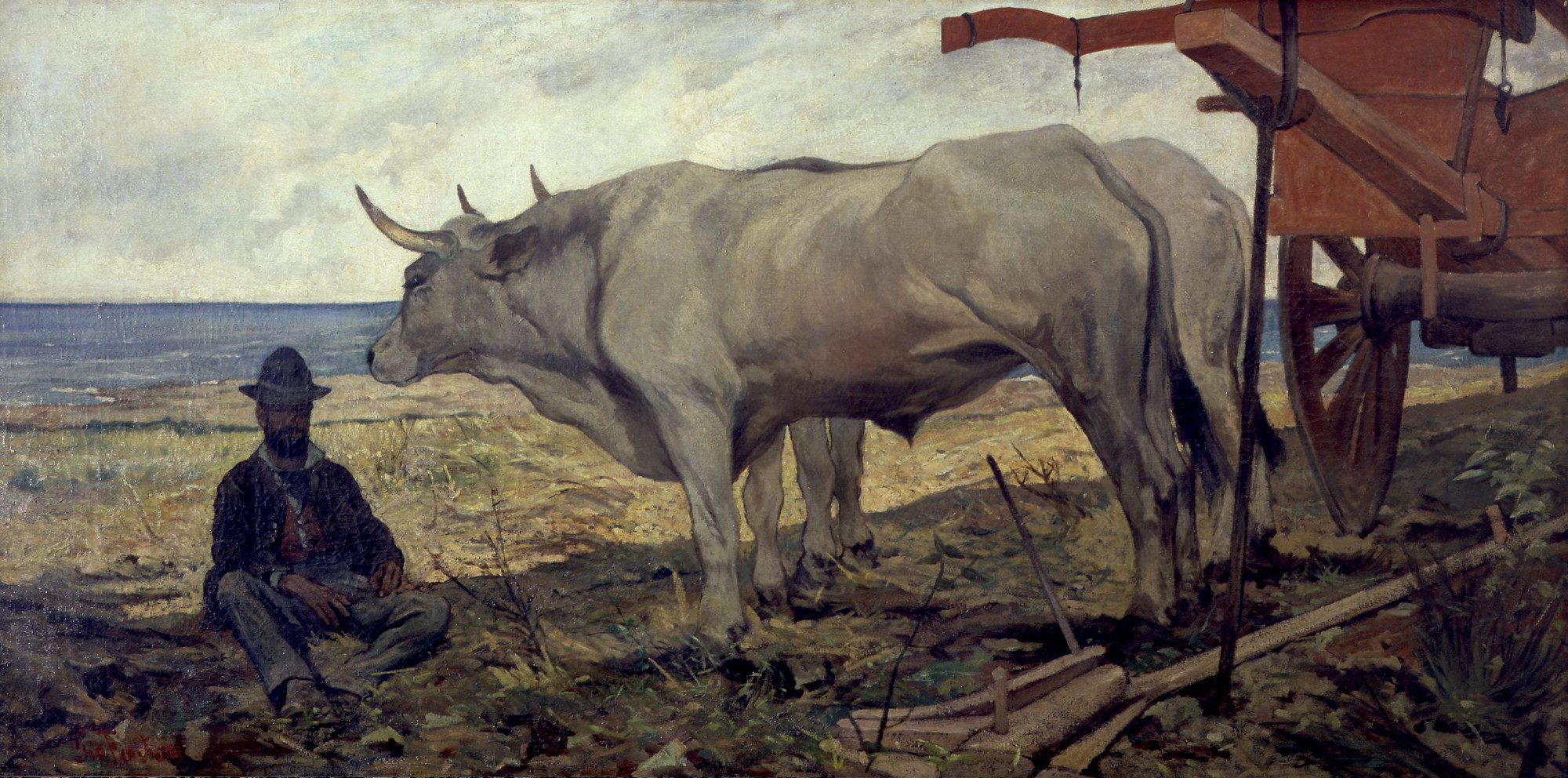
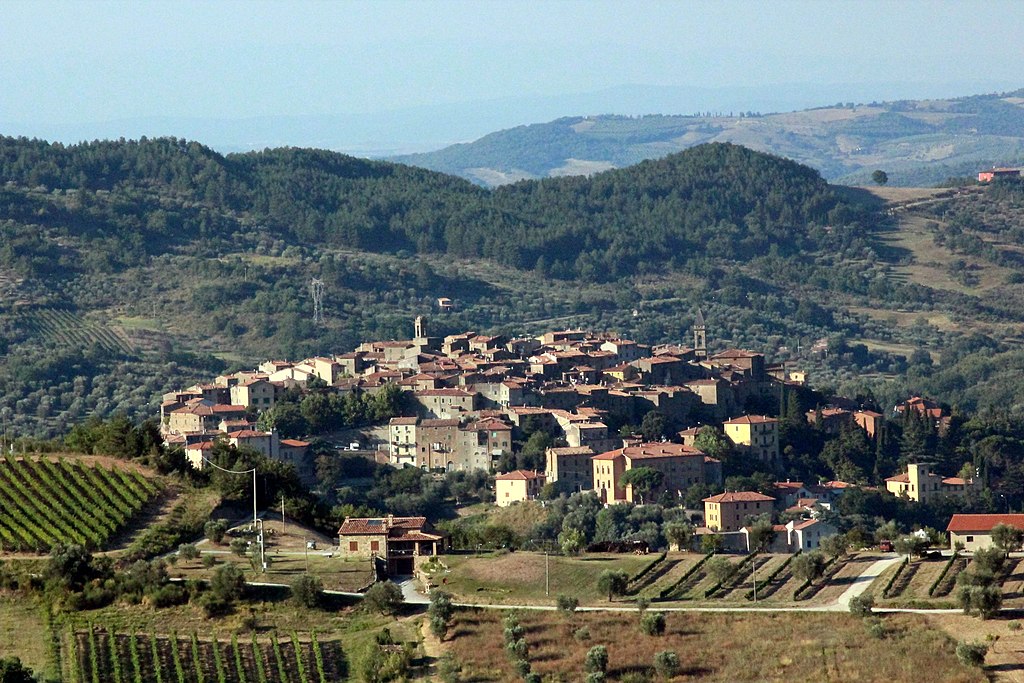
The towns in the province of Grosseto also express their connection to the land in different ways, but always deeply rooted in the nature and history of these areas. Each has its own soul, its own unique way of telling the story of its relationship with its surroundings, with rural life, and with the traditions that have been handed down over the centuries. Take Massa Marittima, for example, which has always had a strong connection with the subsoil and human labor. Here, for centuries, mining was the town's wealth, and even today the weight of this legacy can be felt in the proud and independent character of its inhabitants. Orbetello and the Monte Argentario villages (Porto Santo Stefano and Porto Ercole), on the other hand, see their connection to the land filtered through water, through that fragile balance between sea and land. Then there are the tufa villages (Pitigliano, Sovana, Sorano) where the land is not just something to cultivate or walk on, but is the house itself, carved out of the rocks. Here the landscape and daily life are intertwined in an almost primordial relationship, as if the stone holds the memory of those who have lived there over the centuries. Pitigliano, in particular, has a history of encounters and cultural mixing, with a Jewish community that has left a deep mark on the local tradition. And among the streets of tuff, among the archaeological sites of this perhaps lesser-known area of the province, lie the ancient vestiges of the Etruscans who lived and prospered here. Scansano, on the other hand, tells the story of Maremma through wine, with hills that seem to have been made especially to accommodate the vines and an identity built around the tradition of the grape harvest, the cellars and the rhythm of the seasons. Then there are villages like Magliano in Toscana that tell of a more intimate Maremma, made up of olive groves, ancient stories whispered within medieval walls and a relationship with the land that is closer to a form of silent respect than a celebration. It then climbs up to Mount Amiata, with its imposing presence, a significant landmark in the landscape of the Tuscan Maremma. This ancient extinct volcano has profoundly influenced the life and culture of the villages that rise on its slopes. Santa Fiora, for example, is a village that tells stories of bygone eras through its streets and squares. The presence of ancient noble families has left an indelible imprint on the local culture, which manifests itself in the festivals and celebrations that still enliven the village today. The proximity to the headwaters of the Fiora River has made water a central element in the daily lives of the inhabitants. Nearby Castel del Piano, located on the western slopes of Mount Amiata, is known for its traditions related to the land and agricultural production. The town celebrates annual festivals that recall ancient farming customs, keeping alive the link with the community's rural roots. Seggiano is land known for the cultivation of olive trees and the production of a high quality olive oil.
All places where the land is not just a background, but a constant presence, something that can be felt everywhere, in the way people speak, in the slow gestures of daily life. From the sea of the Maremma coast to the mountains of Mount Amiata, passing through its villages and towns, the bond between man and the land is at the heart of local culture, and shaped not only the economy, but also the very identity of its inhabitants. A territory that feeds on the symbiotic relationship between man and his land. The difficulties that nature imposed have forged the character and beauty of the Grosseto area. And today, as yesterday, the bond with the land remains a red thread that unites past and present, history and everyday life, nature and culture, in a balance that continues to define the identity of the Grosseto area and its inhabitants.


